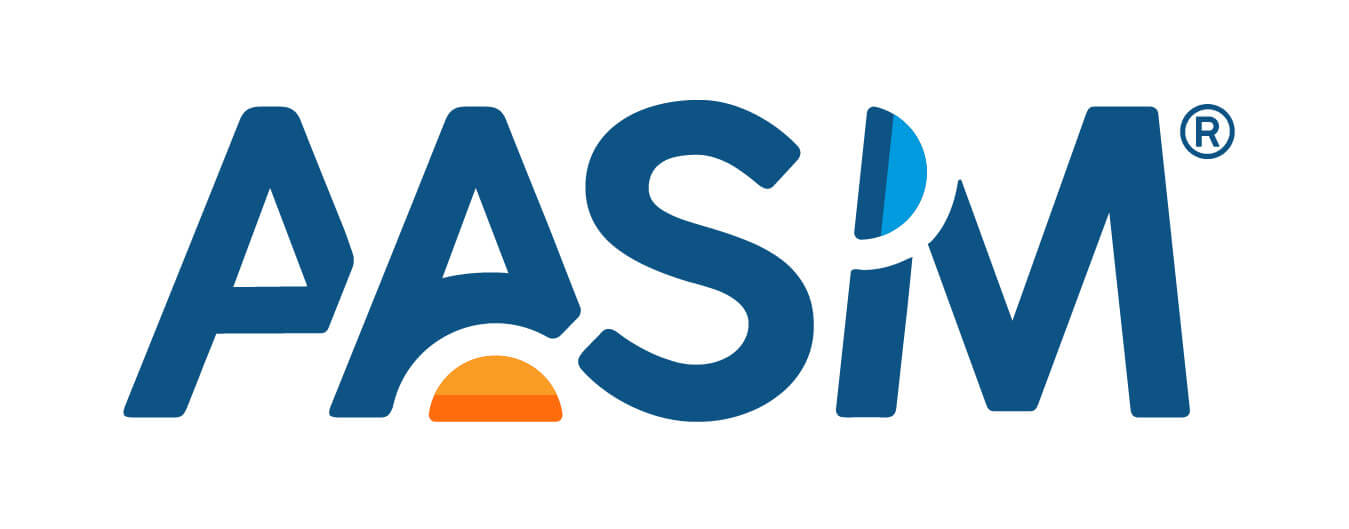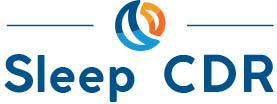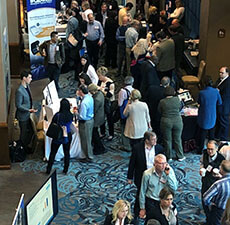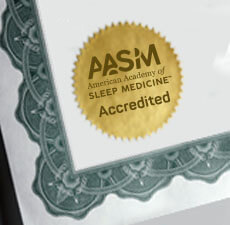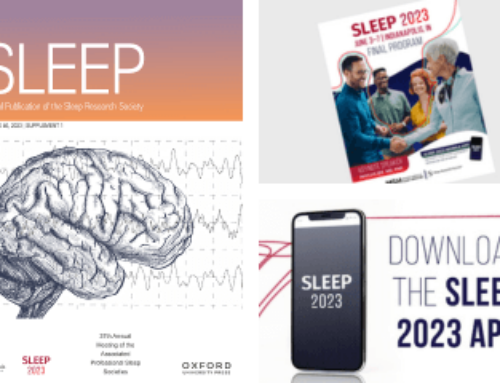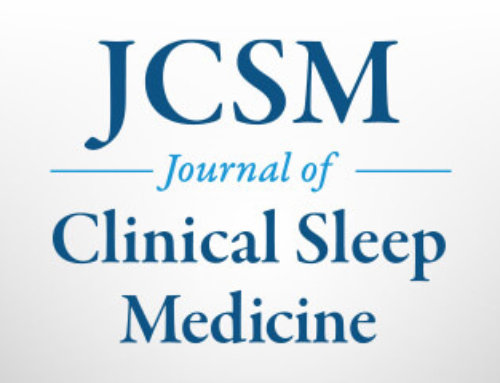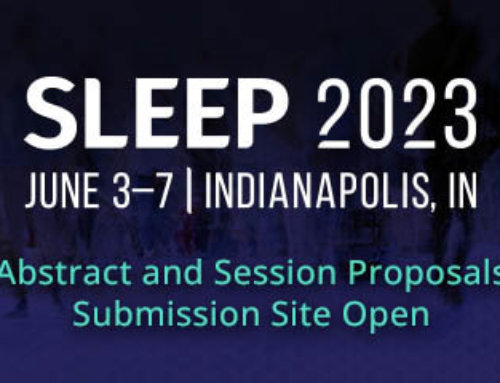WESTCHESTER, Ill. – A study published in the October 15 issue of the Journal of Clinical Sleep Medicine (JCSM) features the Cleveland Adolescent Sleepiness Questionnaire (CASQ), a new self-completed instrument to measure excessive daytime sleepiness in adolescents.
The study, led by James C. Spilsbury, PhD, of the Division of Clinical Epidemiology and Biostatistics in Cleveland, Ohio, focused on a subsample of 411 adolescents between 11-17 years of age, who were recruited from area schools and churches, as well as a second subsample of 62 adolescents with a diagnosed sleep related breathing disorder, all of whom completed the CASQ along with two other surveys measuring daytime sleepiness and other sleep parameters (sleep duration on school nights, sleep duration on non-school nights, and sleep debt). The third source of adolescents for the sample consisted of participants in a community-based cohort study (Cleveland Sleep and Health Study) who did not have evidence of a sleep related breathing disorder by objective overnight polysomnographic monitoring or reported snoring.
According to the study, the CASQ’s internal consistency was good. Correlations between the CASQ and the two other surveys measuring daytime sleepiness and sleep parameters gave preliminary evidence of the CASQ’s construct validity based on the following findings:
- Greater CASQ scores, reflecting increased daytime sleepiness, were significantly associated with decreased sleep duration in both normative and sleep disorder samples, as well as with increased sleep debt in the normative sample.
- CASQ scores were positively correlated with age.
- The CASQ displayed convergent validity by its strong positive correlations with the two other surveys measuring daytime sleepiness and other sleep parameters.
- Adolescents with a sleep related breathing disorder had higher CASQ scores than adolescents without a sleep related breathing disorder.
- The CASQ detected differences in daytime sleepiness between both normal controls and primary snorers, and between normal controls and adolescents with OSA.
- In contrast to the CASQ, one of the two other surveys did not detect significant differences in sleepiness between adolescent controls and those with OSA, while the second survey did not detect differences between primary snorers and controls.
- The CASQ was associated with objective measures derived from the polysomnograms, or a sleep test.
“The CASQ shows promise as a valid measure of daytime sleepiness in adolescents,” said Dr. Spilsbury, who added that future research should examine the association between the CASQ and additional objective measures of sleepiness and sleep duration, as well as the inclusion of participants with greater social and ethnic diversity and those with other sleep disorders or problems.
“Administering the CASQ to groups of adolescents with other known sleep disorders would provide additional information about clinically significant score cut-off points. Having a brief, valid and inexpensive measure of daytime sleepiness at their disposal would enable clinicians to avoid the more costly and burdensome multiple sleep latency test. Such an instrument could also be used as a simple, inexpensive way to monitor patient responses to treatment for sleep problems or disorders,” added Dr. Spilsbury.
To download a copy of the CASQ, please visit www.SleepEducation.com/Topic.aspx?id=71.
Teens who suspect that they might have a sleep disorder are encouraged to discuss their sleep problems with their parents and see their primary care physician or a sleep medicine specialist for care.
JCSM is the official publication of the American Academy of Sleep Medicine (AASM). It contains published papers related to the clinical practice of sleep medicine, including original manuscripts such as clinical trials, clinical reviews, clinical commentary and debate, medical economic/practice perspectives, case series and novel/interesting case reports.
SleepEducation.com, a Web site maintained by the AASM, provides information about various sleep disorders, the forms of treatment available, recent news on the topic of sleep, sleep studies that have been conducted and a listing of sleep facilities.
For a copy of this article, entitled, “The Cleveland Adolescent Sleepiness Questionnaire: A New Measure to Assess Excessive Daytime Sleepiness in Adolescents,” or to arrange an interview with an AASM spokesperson regarding this study, please contact Jim Arcuri, public relations coordinator, at (708) 492-0930, ext. 9317, or jarcuri@aasm.org.
# # #
